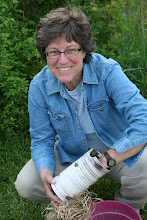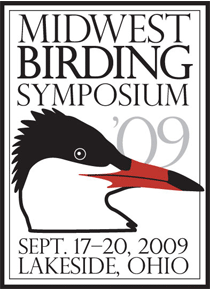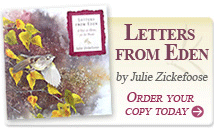Fish-eaters of Karanambu, Guyana
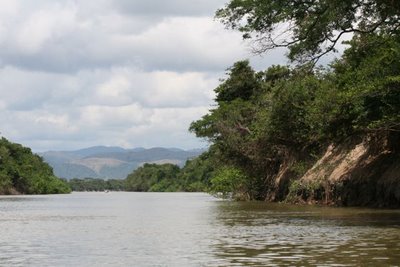 Upon leaving the magical Kaeiteur Falls National Park, we re-boarded the tiny white airplane and set off for Karanambu, a private camp deep in the trackless interior of Guyana. Access as far as I know is only by air or boat. We were picked up in some rickety four-wheel-drive vehicles and taken to the camp, with just enough time to unload our backpacks and bags, and jump back into a couple of boats. Our goal was to reach a stand of the world's largest water lily, Victoria regia, in time to see their flowers open at nightfall.
Upon leaving the magical Kaeiteur Falls National Park, we re-boarded the tiny white airplane and set off for Karanambu, a private camp deep in the trackless interior of Guyana. Access as far as I know is only by air or boat. We were picked up in some rickety four-wheel-drive vehicles and taken to the camp, with just enough time to unload our backpacks and bags, and jump back into a couple of boats. Our goal was to reach a stand of the world's largest water lily, Victoria regia, in time to see their flowers open at nightfall.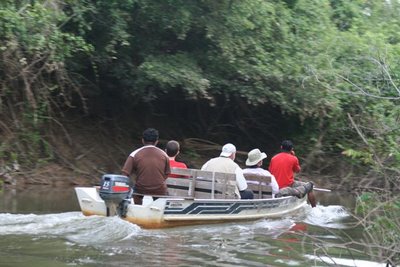
There were tons of birds on the way to the lilies. The water was low and the fish were concentrated. Anything that ate fish was abundant. Here's a little blue heron, looking beautiful in the heat.
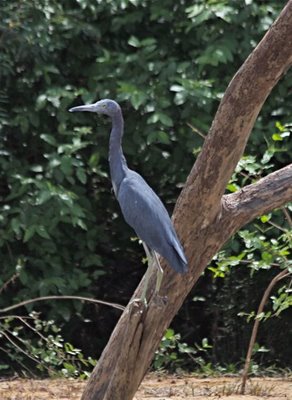 White-necked or cocoi herons are abundant along this stretch of river. It's a beautiful bird, reminscent of the great blue, but a bit more striking.
White-necked or cocoi herons are abundant along this stretch of river. It's a beautiful bird, reminscent of the great blue, but a bit more striking. 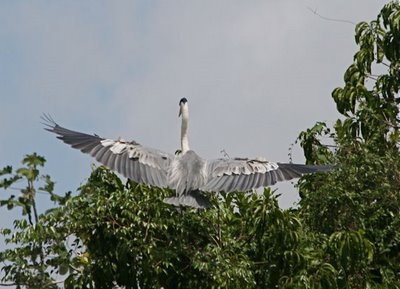 That pretty white neck really sticks out.
That pretty white neck really sticks out.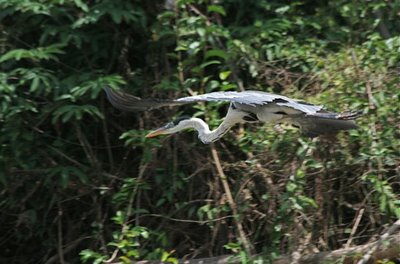 But the most beautiful heron, I think, is the capped heron, or the Blue Eyed Banana Heron, as I like to call it. Oh, that blue orbital skin!
But the most beautiful heron, I think, is the capped heron, or the Blue Eyed Banana Heron, as I like to call it. Oh, that blue orbital skin!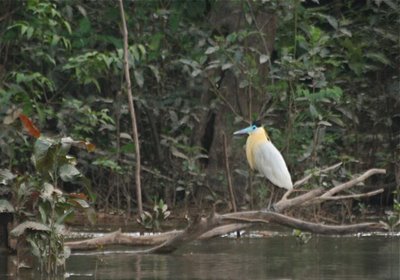
That banana-yellow neck! Dig that crazy plume coming off the head.
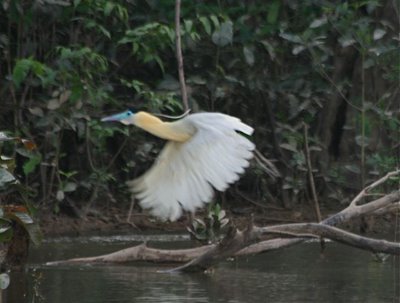
Hiding in the trees.
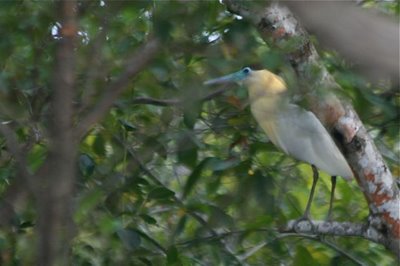
Amazon kingfishers are a large, hearty cousin to our tiny green kingfisher. They can be differentiated by their size and their heavy bills. What a gorgeously proportioned bird!
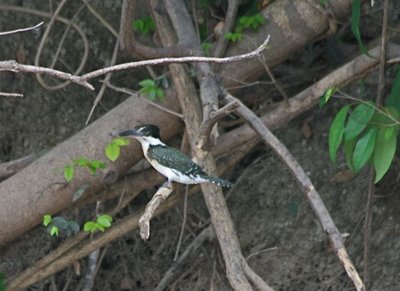 This white-breasted bird is a female. Her mate wears rufous.
This white-breasted bird is a female. Her mate wears rufous.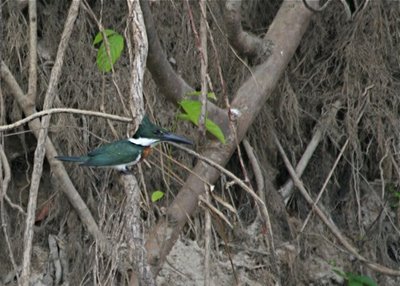
Dig that Woody Woodpecker crest! I would hate to be a minnow on the bidness end of that sledgehammer bill.
As night approached we spotted the elusive agami heron, a contender in my eyes for Most Beautiful Heron in the World, matched only by the capped heron. Unfortunately, I got only the briefest and worst of shots, as the light had failed.
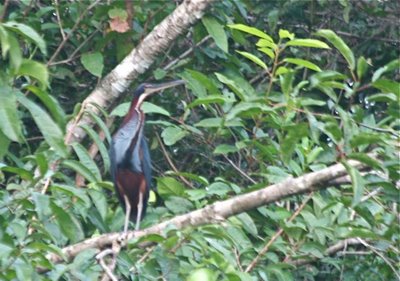 But you can see its rich maroon-chestnut body, its teal green wings, and the mysterious blue filagree on its breast. I believe the agami has the longest bill in proportion to its body of any heron. It's a gracile, secretive beauty, and we were thrilled to see several on this trip. The agami is a quest bird for many. They need but come to Karanambu.
But you can see its rich maroon-chestnut body, its teal green wings, and the mysterious blue filagree on its breast. I believe the agami has the longest bill in proportion to its body of any heron. It's a gracile, secretive beauty, and we were thrilled to see several on this trip. The agami is a quest bird for many. They need but come to Karanambu.Daylight was drawing to a close, and it was getting on time to see the world's largest lily in full bloom.
Labels: agami heron, cocoi heron, Guyana South America, Karanambu, Victoria regia water lily

